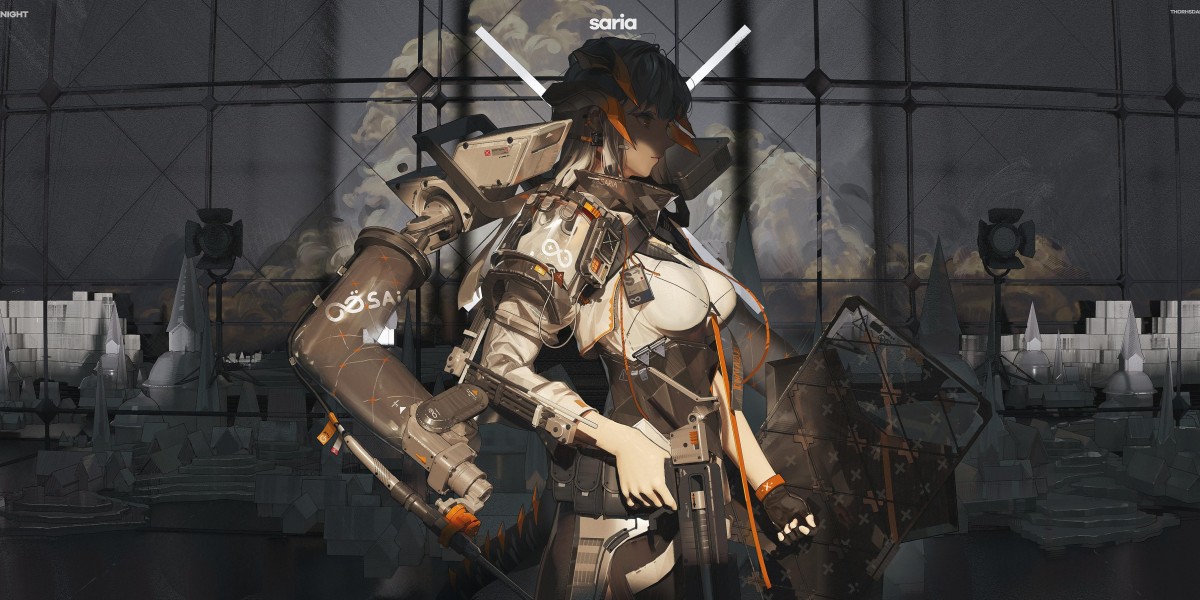Unlocking the Secrets: Your Ultimate Guide to Choosing the Perfect FDM 3D Printer!
Fused Deposition Modeling (FDM) 3D printing has rapidly gained traction across various industries, from prototyping in engineering to custom creations in the arts. This innovative technology allows individuals and businesses to transform digital designs into tangible objects, making it an exciting frontier for creativity and production. However, as the market for FDM 3D printers expands, so does the challenge of selecting the right model. With considerations like usability, cost, and capabilities at play, making an informed decision is crucial. By understanding the nuances of FDM technology and evaluating personal needs, you can find the perfect 3D printer that aligns with your goals, whether for professional use or hobbyist projects.

Understanding FDM 3D Printing Technology
Fused Deposition Modeling is one of the most popular 3D printing technologies available today. The process involves melting thermoplastic filament and extruding it through a nozzle to build up layers of material, forming a solid object from the bottom up. This layer-by-layer approach allows for intricate designs and structures that would be challenging to create with traditional manufacturing methods. One of the key advantages of FDM printing is its accessibility; the technology is relatively easy to grasp for beginners and offers a wide range of material options. Additionally, FDM printers tend to be more affordable than other 3D printing methods, such as SLA (Stereolithography) or SLS (Selective Laser Sintering). This combination of ease of use, versatility, and cost-effectiveness has made FDM printing a favored choice among hobbyists, educators, and professionals alike.
Key Features to Consider When Choosing an FDM 3D Printer
When considering an FDM 3D printer, several key features should be evaluated to ensure it meets your needs. First, the build volume is critical; it determines the maximum size of the objects you can print. A larger build volume is advantageous for creating bigger models but may come at a higher cost. Layer resolution is another important factor; it affects the detail and smoothness of your prints. A printer that offers finer resolution will produce higher-quality results, which is particularly important for intricate designs. Additionally, material compatibility cannot be overlooked. Different printers support various filament types; some may handle only basic materials while others can print with specialty filaments. Print speed is also a consideration—faster printers can produce models in less time but may sacrifice quality for speed. By weighing these features, you can choose a printer that aligns with your specific printing requirements.
Material Options
FDM printers are compatible with a variety of materials, each offering unique properties suited for different applications. PLA (Polylactic Acid) is one of the most popular choices due to its ease of use, environmentally friendly nature, and vibrant color options. ABS (Acrylonitrile Butadiene Styrene) is another common filament, known for its strength and durability, making it ideal for functional parts. PETG (Polyethylene Terephthalate Glycol) combines the best of both worlds, providing ease of printing with superior strength and flexibility. Specialty filaments, such as nylon or flexible materials, are also available, catering to specific projects that require unique characteristics. Understanding the materials available and their implications for your projects can significantly enhance the quality and functionality of your prints.
Budgeting for Your FDM 3D Printer
The price of FDM 3D printers can vary widely depending on their features and capabilities. Entry-level printers can be found at relatively low prices, often suitable for beginners or those with simple printing needs. As you move up the price range, you'll find printers offering enhanced build volumes, better resolution, and compatibility with a wider array of materials. Mid-range options typically balance cost and performance, making them ideal for enthusiasts and small businesses. High-end printers, while more expensive, provide professional-grade features, precision, and durability, suitable for serious makers or industrial applications. When budgeting for your FDM printer, it’s essential to consider not just the initial cost, but also the ongoing expenses for materials and maintenance. This holistic view will help you assess the true value of your investment.
Additional Considerations: Support and Community
Aside from the printer itself, the support and community surrounding it can greatly enhance your 3D printing experience. Engaging with user communities and forums can provide valuable resources for troubleshooting and tips. Many experienced users share their insights and solutions to common challenges, making it easier for beginners to navigate the learning curve. Additionally, reliable customer service from the manufacturer can be crucial if you encounter issues with your printer. Support resources can include online tutorials, video guides, and dedicated help desks that can significantly improve your overall experience and satisfaction with your FDM printer.
Final Thoughts on Selecting an FDM 3D Printer
Choosing the right FDM 3D printer involves careful consideration of various factors, from understanding the technology and key features to budgeting and seeking community support. By evaluating your specific needs and preferences, you can make a more informed decision, leading to a rewarding 3D printing journey. Whether you are a hobbyist looking to create unique projects or a professional seeking to streamline production processes, the right FDM 3D printer can unlock your creative potential and bring your ideas to life.








